Leopard geckos are fascinating reptiles that have captured the hearts of many pet enthusiasts around the world. These docile creatures are relatively low-maintenance compared to other pets, but they do require specific care, especially during shedding periods. Shedding, or ecdysis, is a natural process where leopard geckos shed their old skin to accommodate growth and replace worn scales. While this process typically occurs without issues, shedding problems can arise and potentially lead to serious health complications if not addressed promptly. This article will explore common leopard gecko shedding problems, their causes, prevention methods, and what you can do to help your scaly friend through difficult sheds.
Understanding the Normal Shedding Process

Healthy leopard geckos typically shed their entire skin in one piece every 4-8 weeks, though younger geckos shed more frequently as they grow rapidly. Before shedding begins, you may notice your gecko’s skin becoming dull and pale, and their eyes might appear cloudy or bluish as the old eye caps prepare to come off. During this pre-shedding phase, leopard geckos often become less active and may refuse food, which is completely normal behavior. The actual shedding process usually takes about 24-72 hours from start to finish, culminating with the gecko often eating its shed skin, which is a natural behavior that recycles nutrients. Understanding this normal process helps gecko owners recognize when something is amiss with their pet’s shedding cycle.
Common Shedding Problems in Leopard Geckos

Despite being a natural process, leopard geckos can experience various shedding complications that require owner intervention. The most common issues include retained shed on toes, which can lead to constriction and potential loss of digits if left untreated; stuck eye caps, where the transparent scale covering the eye doesn’t come off properly; and incomplete body shed, where patches of old skin remain attached to the gecko’s body. Other problems include retained shed on the tail tip, which can cause necrosis, and difficulty shedding around sensitive areas like the head and vent. These problems often occur due to environmental factors, health issues, or improper husbandry practices that make it harder for the gecko to shed properly.
Causes of Difficult Shedding
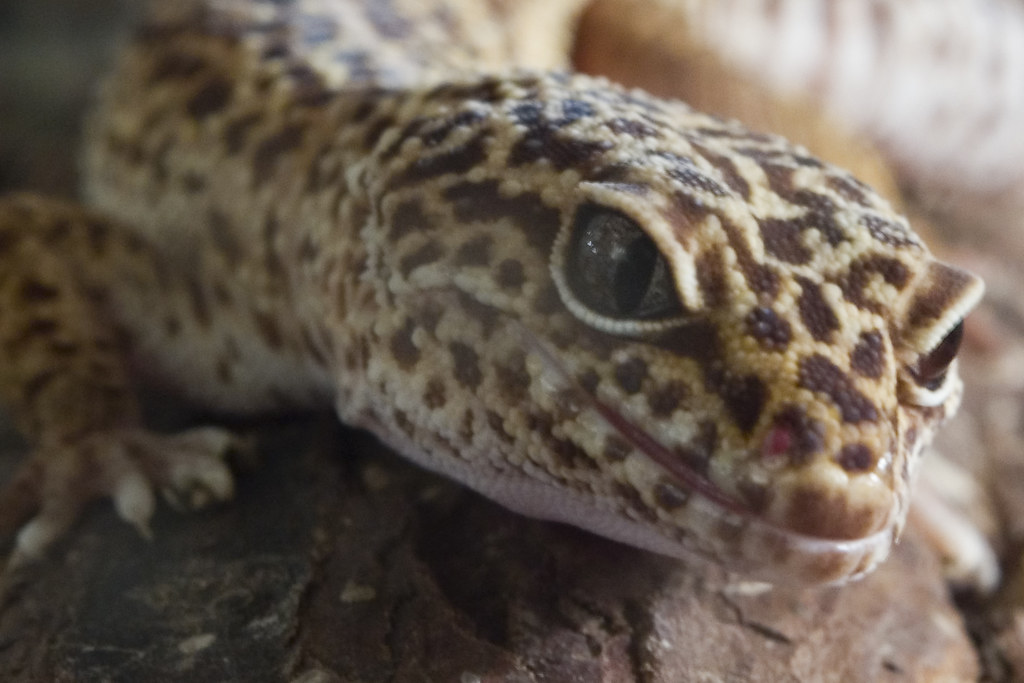
Several factors can contribute to problematic shedding in leopard geckos, with inadequate humidity being the primary culprit. Leopard geckos naturally come from arid regions but seek out humid microenvironments when shedding, and captive enclosures often lack sufficient moisture for proper shedding. Poor nutrition, particularly calcium deficiency, can also lead to difficult sheds as the body lacks the resources needed for healthy skin renewal. Underlying health conditions such as infections, parasites, or metabolic bone disease may manifest as shedding problems before other symptoms become apparent. Stress from overcrowding, frequent handling during pre-shed periods, or recent environmental changes can likewise interfere with the normal shedding process. Additionally, dehydration significantly impacts a gecko’s ability to shed properly, as adequate body hydration is essential for loosening old skin.
Signs Your Leopard Gecko is Having Shedding Difficulties
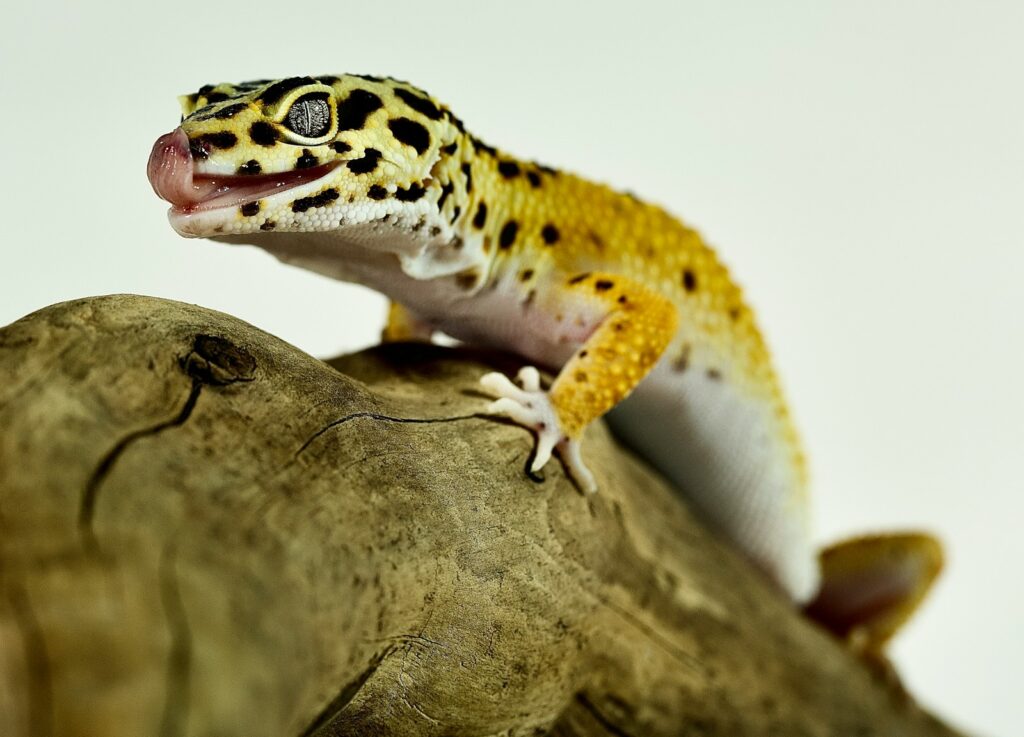
Being vigilant about your leopard gecko’s shedding process allows for early intervention when problems arise. Warning signs include shedding that takes longer than 72 hours to complete, pieces of old skin remaining attached after the main shedding event has finished, or your gecko constantly trying to rub against objects in the enclosure after shedding appears complete. You might notice your pet becoming increasingly irritable or restless, which could indicate discomfort from retained shed. Swollen toes, constriction marks, or discolored digits suggest stuck shed around toe areas, requiring immediate attention. If your gecko’s eyes remain cloudy for more than 48 hours or appear sunken, this could indicate retained eye caps, which can lead to serious complications if not addressed. Any changes in behavior, mobility, or appetite during or after shedding warrant closer inspection.
Creating the Perfect Humidity Hide
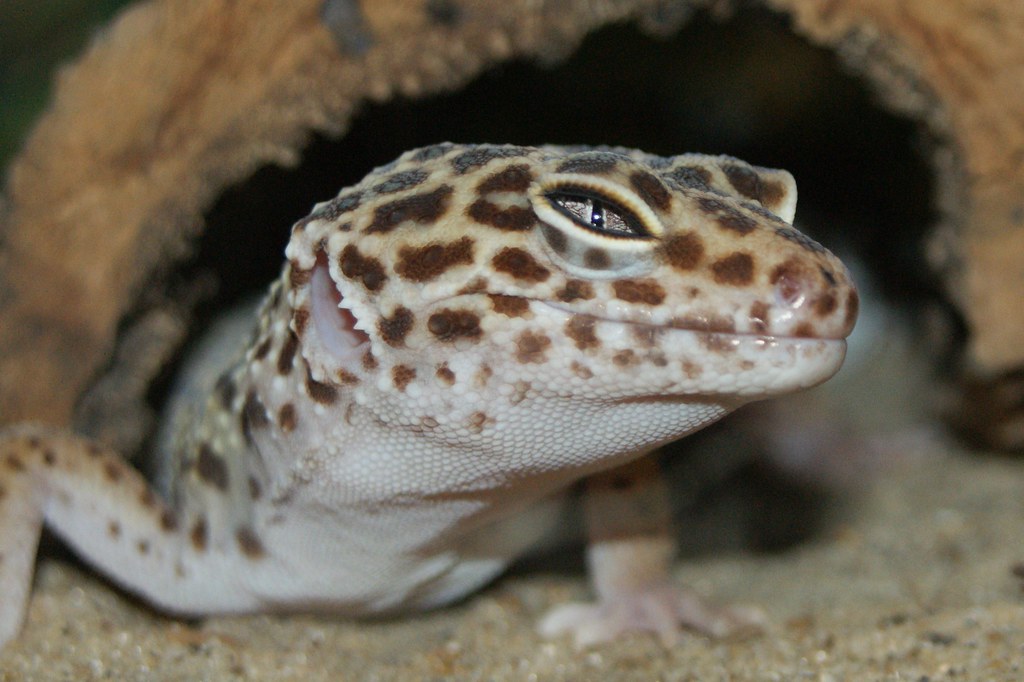
A properly set up humid hide is essential for preventing shedding problems in leopard geckos. This specialized hide box should maintain higher humidity levels than the rest of the enclosure, mimicking the natural humid microenvironments geckos seek in the wild during shedding. To create an effective humid hide, use a plastic container with a small entrance hole cut into it, lined with moisture-retaining substrate like sphagnum moss, coconut fiber, or paper towels that should be kept consistently damp but not soggy. Position the humid hide on the warm side of the enclosure to encourage humidity through evaporation, which helps create the ideal microclimate for shedding. The hide should be large enough for your gecko to fully enter and turn around comfortably but small enough to maintain humidity effectively. Regularly clean and replace the substrate in the humid hide to prevent mold growth, which could lead to respiratory infections.
Safe Methods to Help Remove Stuck Shed
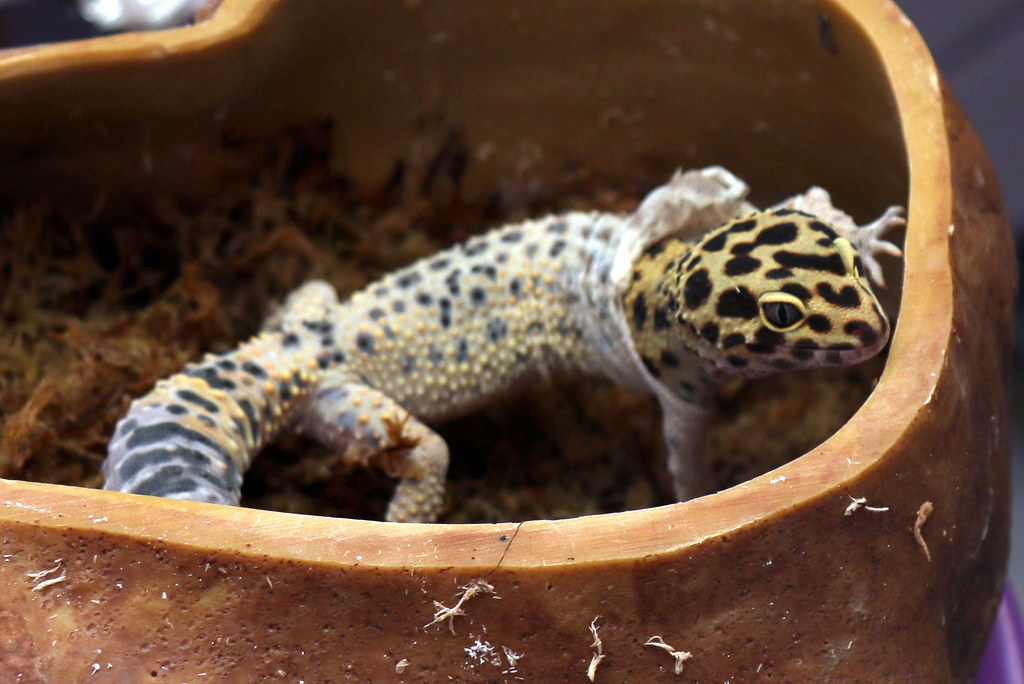
When your leopard gecko struggles with retained shed, gentle intervention can help prevent complications, but improper techniques can cause harm. Always start by increasing humidity in the enclosure and giving your gecko access to a properly maintained humid hide for 24-48 hours to see if the shed loosens naturally. For persistent stuck shed, a lukewarm bath (85-90°F) in shallow water (just covering their feet) for 10-15 minutes can help soften the skin; during this time, never leave your gecko unattended. After soaking, very gently massage affected areas with a damp Q-tip, moving in the direction of the scales to avoid damage. For particularly stubborn areas, especially toes, a soft-bristled toothbrush moistened with warm water can be used with extremely gentle strokes. Avoid pulling or peeling the shed, as this can damage the underlying new skin and potentially cause bleeding or infection.
Addressing Stuck Shed on Toes and Tail

Retained shed on extremities requires special attention as these areas are particularly vulnerable to constriction and tissue damage. For stuck toe shed, the “sauna method” can be effective: place your gecko in a shallow container with air holes and a damp paper towel covering the bottom, then place this inside a slightly larger container with warm water (not touching the gecko) to create a humid environment for 20-30 minutes. Following this treatment, use a moistened cotton swab to gently roll the stuck shed off the toes, moving from the base to the tip with very light pressure. For tail shed, similar techniques apply, but exercise even greater caution as geckos can drop their tails when stressed. If multiple attempts at gentle removal are unsuccessful, or if you notice any signs of discoloration, swelling, or discomfort, consult an exotic veterinarian immediately, as professional intervention may be necessary to prevent loss of digits or tail necrosis.
How to Deal with Stuck Eye Caps
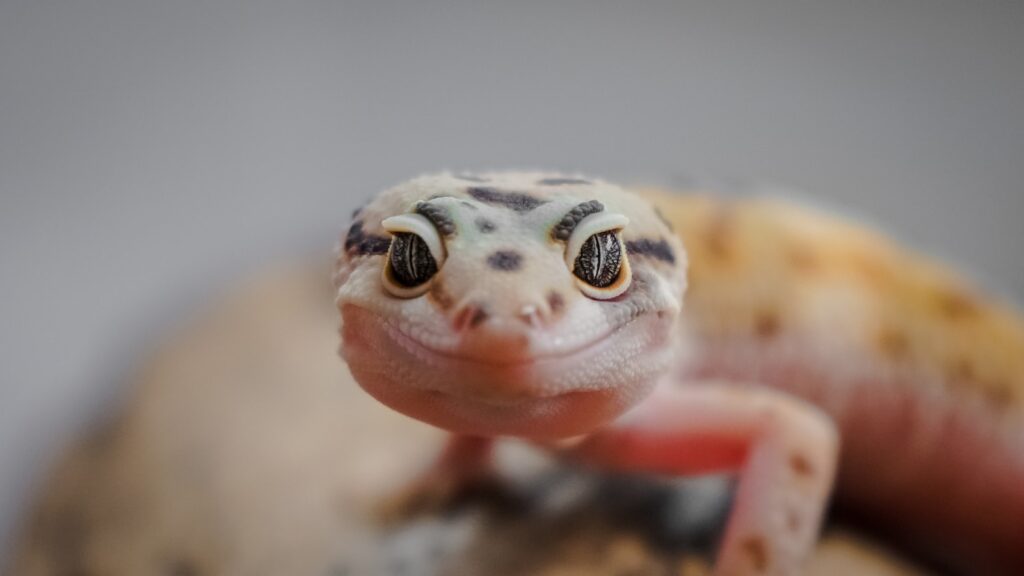
Retained eye caps (spectacles) represent one of the most delicate shedding issues requiring careful handling to prevent eye damage. If your leopard gecko has shed its body but still has cloudy eyes afterward, this likely indicates stuck eye caps rather than a new shedding cycle beginning. To address this, first try increasing humidity in the enclosure and providing a proper humid hide for several days to see if the eye caps loosen naturally. If this doesn’t work, you can try the damp cotton ball method: gently hold a thoroughly moistened cotton ball against the affected eye for 5-10 minutes, allowing the moisture to soften the retained spectacle. Never attempt to peel or pull at the eye cap, as this can severely damage the eye beneath. After moistening, some geckos will rub their heads against rough surfaces to dislodge the caps themselves. If the eye caps remain stuck after multiple gentle attempts over several days, or if you notice any eye discharge, swelling, or behavioral changes, immediate veterinary attention is necessary.
Optimizing Enclosure Conditions for Healthy Shedding

Maintaining proper environmental conditions plays a crucial role in preventing shedding problems before they start. Ensure your leopard gecko’s enclosure has a proper temperature gradient, with a warm side around 88-92°F and a cooler side around 75-80°F, allowing your pet to thermoregulate effectively. While the overall enclosure should remain relatively dry to prevent respiratory issues, ambient humidity between 30-40% is ideal, with a temporary increase to 40-50% during shedding periods. Provide a variety of textured surfaces like cork bark, rocks, and rough hides that help geckos naturally remove their shed by rubbing against them. Substrate choices also matter; paper towels, reptile carpet, or slate tiles allow for cleanliness while providing appropriate surfaces for shedding, whereas loose particles like sand can cause impaction if ingested during the shedding process. Regular misting of one side of the enclosure during shedding periods can also help maintain appropriate humidity levels without making the entire habitat too damp.
Nutrition and Hydration for Easier Shedding
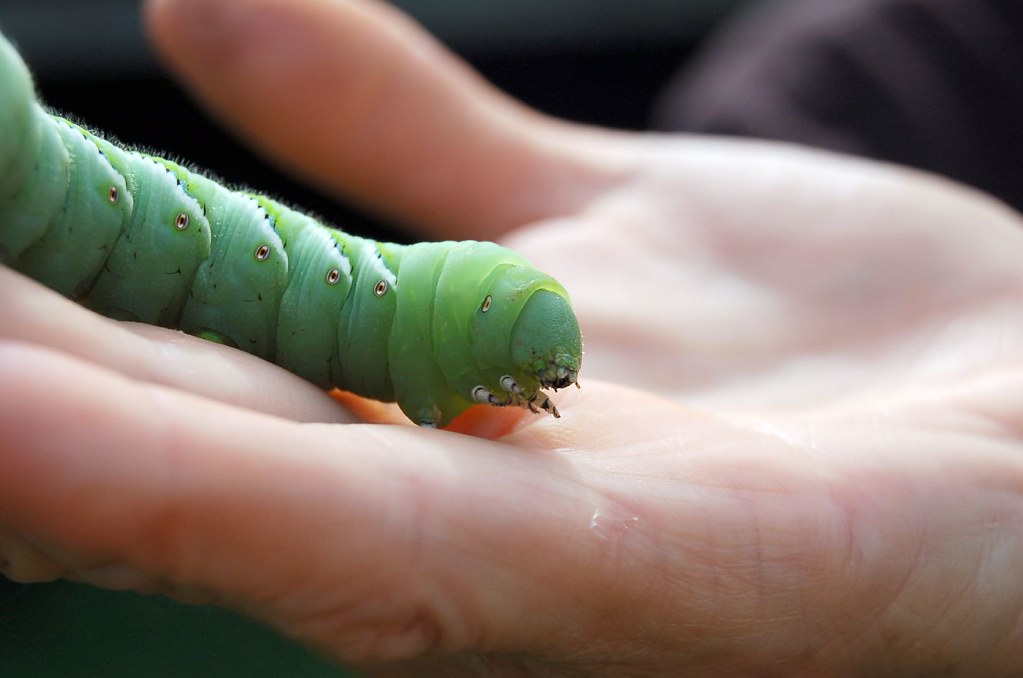
Proper nutrition directly impacts your leopard gecko’s ability to shed successfully, as certain nutrients are crucial for skin health and regeneration. Ensure your gecko receives a varied diet of appropriately sized gut-loaded insects dusted with calcium and vitamin supplements according to a regular schedule. Vitamin A is particularly important for epithelial tissue health and shedding, but must be provided in the correct form to avoid toxicity issues. Proper hydration is equally critical, as dehydrated geckos almost always experience difficult sheds. Always provide fresh water in a shallow dish that’s cleaned daily, and consider offering water droplets on enclosure walls or the gecko’s nose during shedding periods, as some prefer to lick droplets rather than drink from dishes. For geckos with recurring shedding problems, offering high-moisture content feeders like hornworms or silkworms can help boost hydration levels naturally while providing valuable nutrients.
When to Seek Veterinary Help

While many shedding issues can be addressed with proper husbandry and gentle intervention, some situations require professional medical attention. Seek veterinary care immediately if you notice constriction bands around toes or tail that don’t resolve with soaking, as these can quickly lead to tissue death and loss of appendages. Any signs of infection around areas of retained shed, such as redness, swelling, discharge, or unusual odor, warrant a vet visit. If your gecko has repeated difficult sheds despite optimal husbandry conditions, this could indicate an underlying health problem requiring diagnosis. Eye issues are particularly time-sensitive; if retained eye caps don’t resolve within a few days of gentle intervention, or if you notice any eye swelling, discharge, or changes in eye appearance, consult an experienced reptile veterinarian promptly. Additionally, any behavior changes like lethargy, appetite loss, or abnormal movements that coincide with shedding difficulties should be professionally evaluated.
Preventing Future Shedding Problems
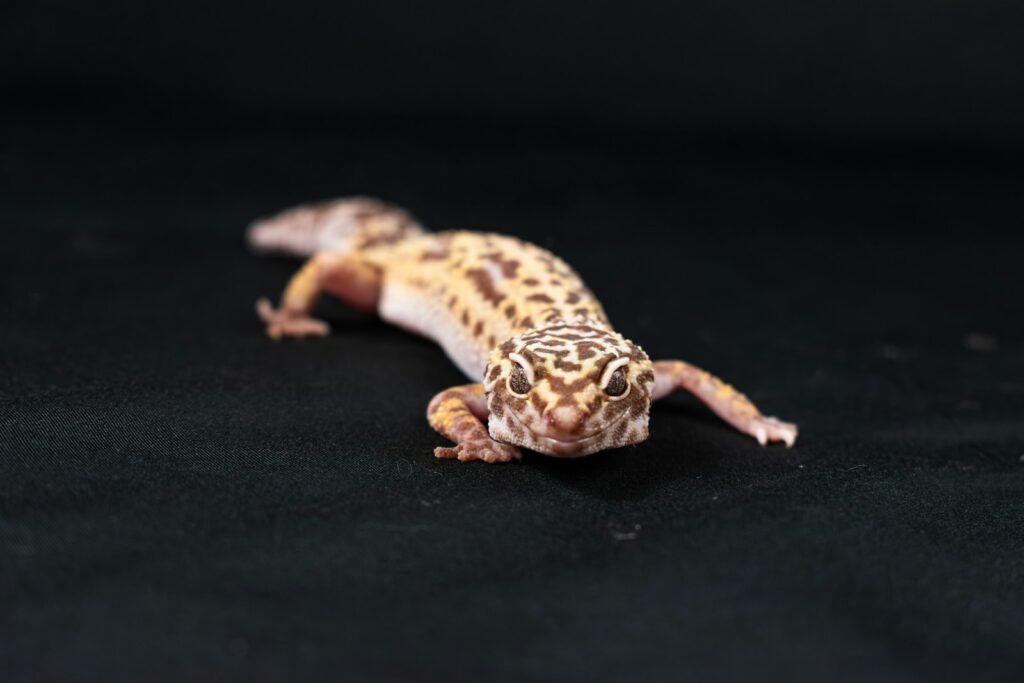
Proactive measures can significantly reduce the likelihood of shedding complications in your leopard gecko. Establish a regular health monitoring routine that includes checking your gecko’s extremities for signs of retained shed, especially after the main shedding event appears complete. Keep detailed records of shedding frequency, duration, and any difficulties observed to help identify patterns or potential issues early. Maintain proper supplementation schedules, particularly for calcium and vitamins, adjusting as needed based on your gecko’s age, reproductive status, and health condition. Consider seasonal adjustments to enclosure conditions, as leopard geckos may experience natural shedding cycle changes throughout the year. Minimize handling during the pre-shedding and active shedding phases to reduce stress and allow your gecko to focus on the shedding process naturally. Regular wellness checks with a reptile-experienced veterinarian can help catch and address potential health issues before they manifest as shedding problems.
Special Considerations for Juvenile Geckos

Young leopard geckos present unique shedding considerations due to their rapid growth and development. Juveniles typically shed much more frequently than adults, sometimes as often as every 1-2 weeks during growth spurts, so owners should be prepared for this accelerated schedule. The smaller size of juvenile geckos makes them more vulnerable to dehydration and its shedding complications, requiring vigilant monitoring of hydration status and humidity levels. Their diminutive toes and tail tips are particularly susceptible to constriction injuries from retained shed, potentially affecting their development if not promptly addressed. Proper nutrition is even more critical during this growth phase, as nutritional deficiencies can quickly manifest as shedding problems while simultaneously affecting bone development. Young geckos may also be more stress-sensitive during shedding periods, so it’s advisable to minimize disturbances and provide extra hiding spaces to help them feel secure as they navigate these frequent skin changes.
Successfully managing leopard gecko shedding requires attentiveness, proper husbandry, and timely intervention when problems arise. By understanding the normal shedding process and implementing the preventative measures outlined in this article, you can help ensure your gecko experiences smooth, healthy sheds throughout its life. Remember that regular shedding is a sign of growth and good health in leopard geckos, and while occasional mild difficulties may occur, severe or recurring shedding problems typically indicate husbandry issues or health concerns that need addressing. With proper care, your leopard gecko can navigate the shedding process with minimal complications, allowing both of you to enjoy a long, healthy relationship.



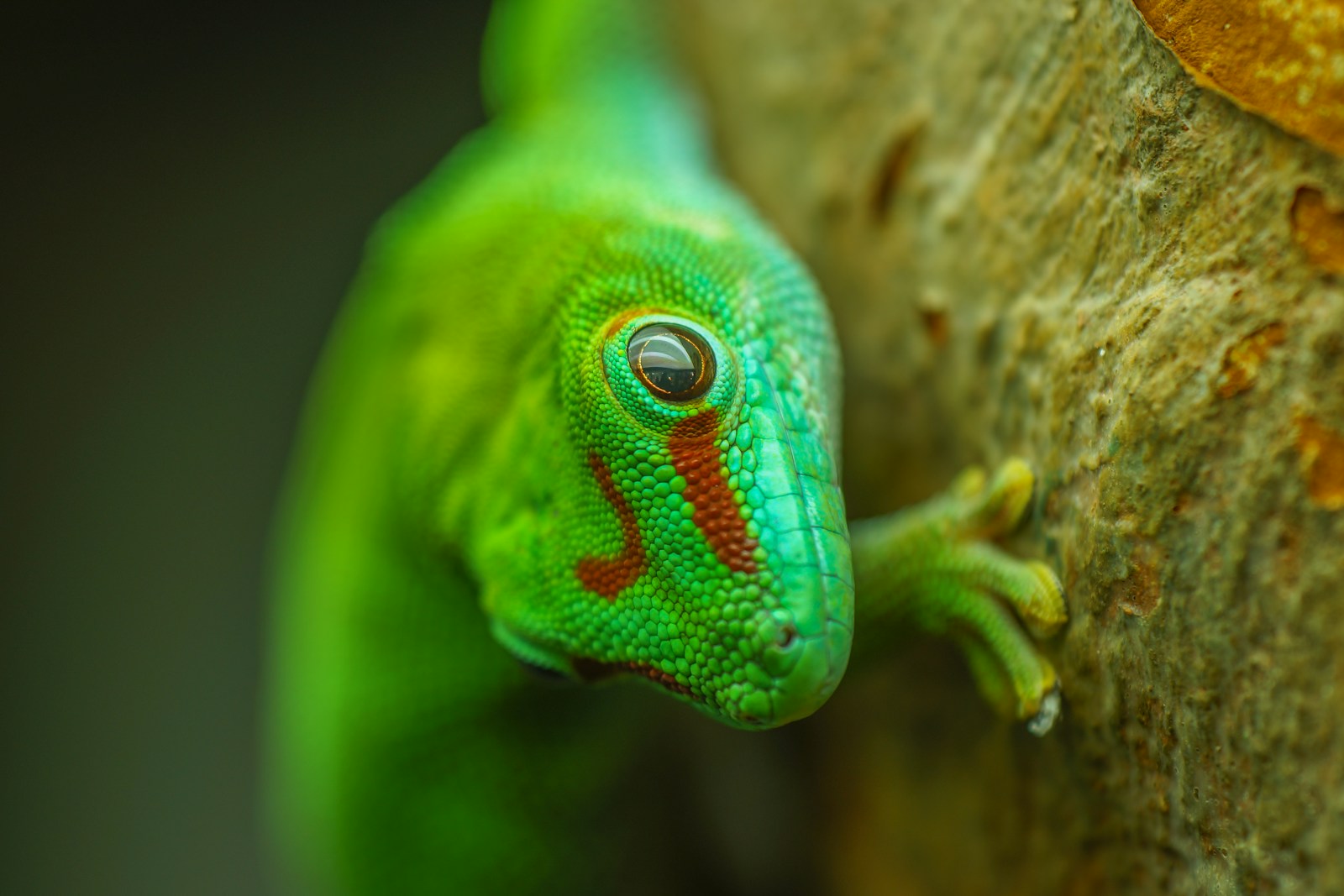
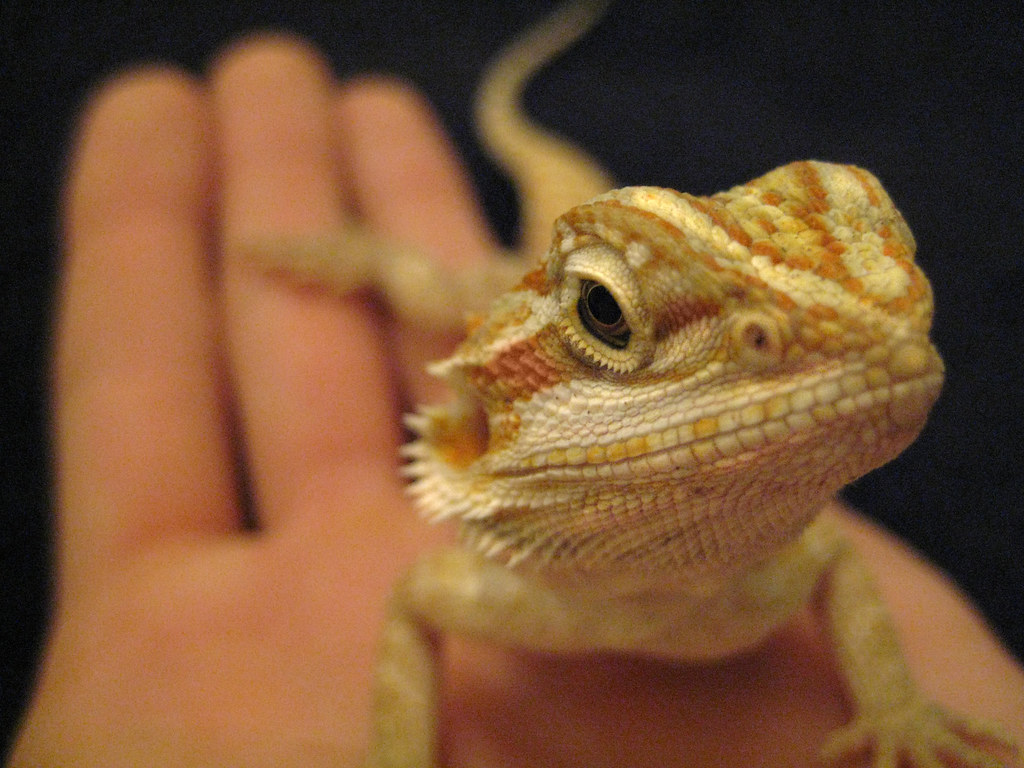

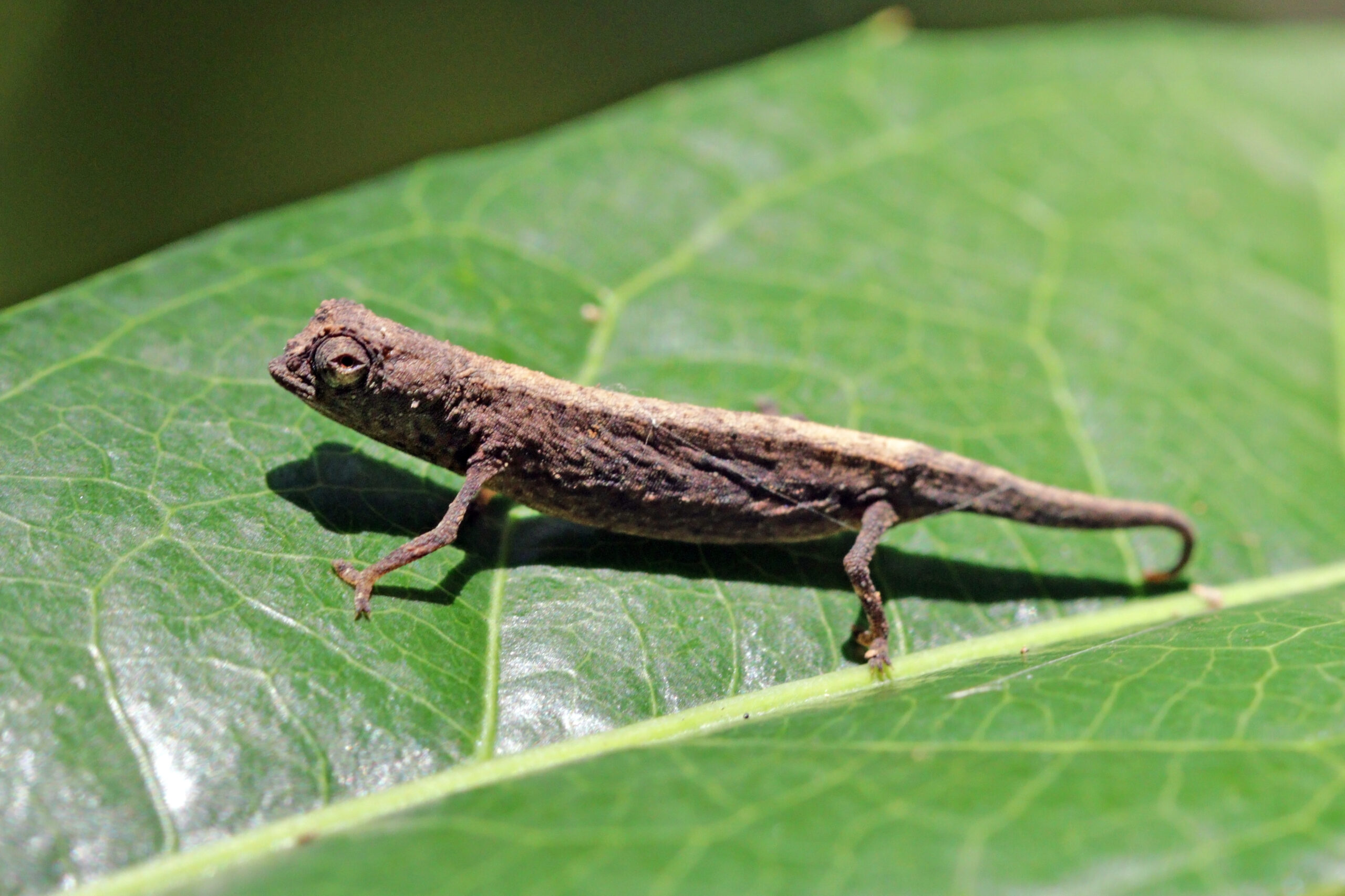
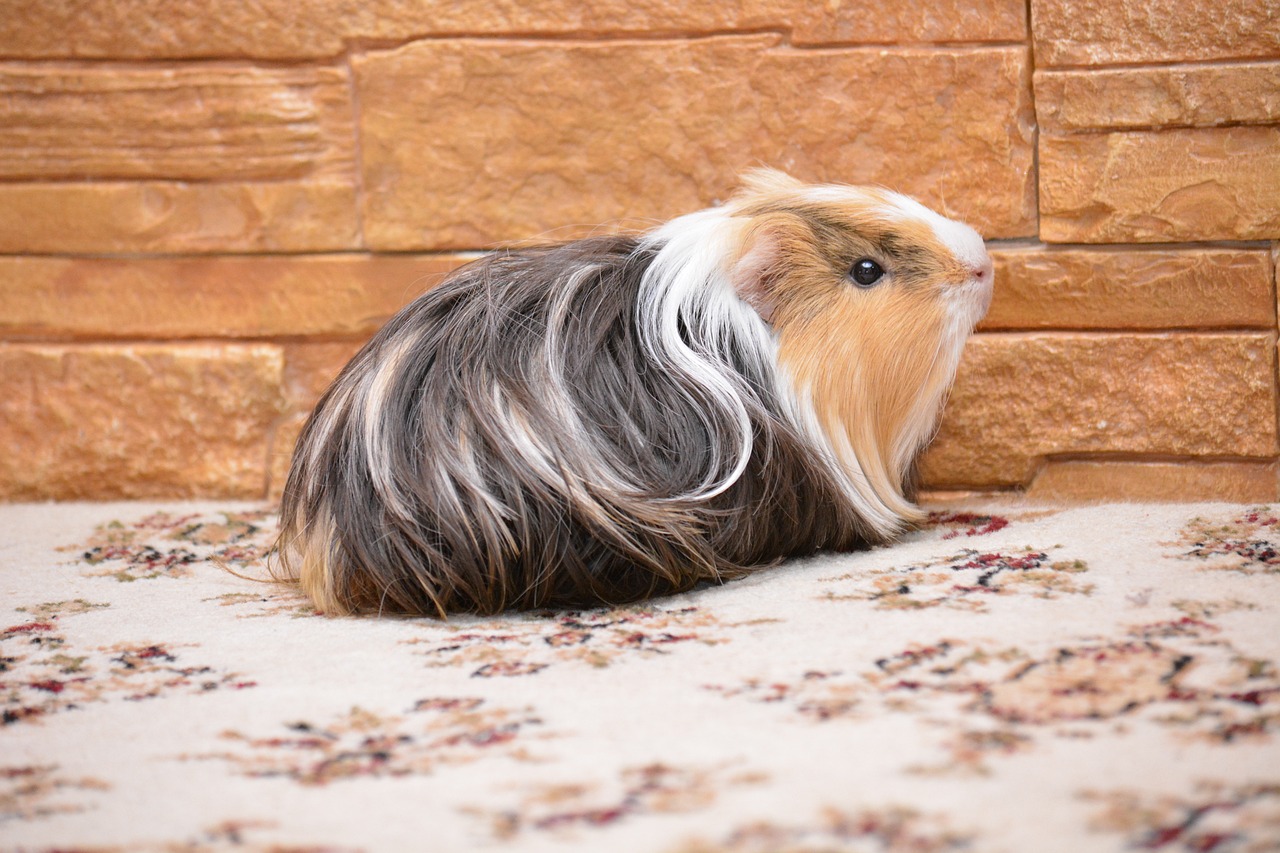
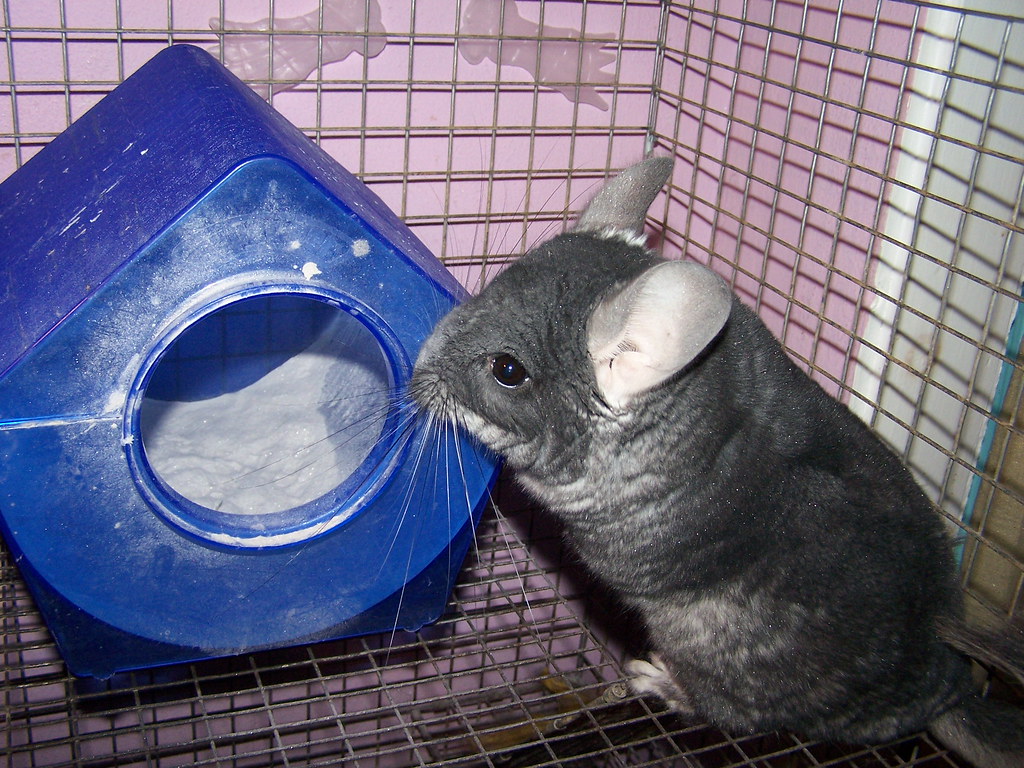

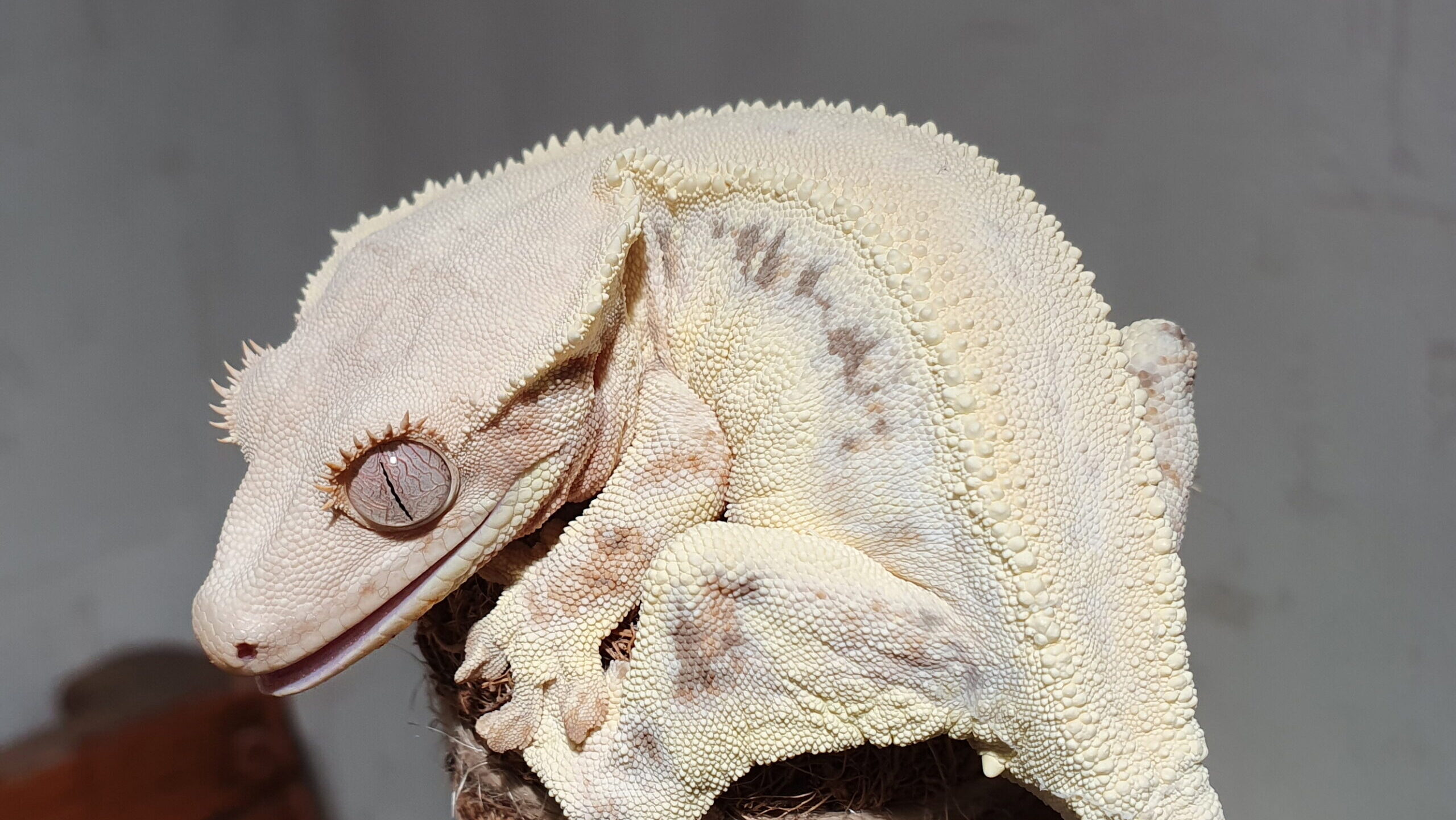




Leave a Reply